Zoo Dawg Strain
THC
CBD
Potency
Zoo Dawg is a 50/50 hybrid strain with an incredible THC content of close to 27%. This extremely high and even impressive amount of tetrahydrocannabinol is paired with a minimal CBD level, which varies between 0.15% and 0.42%. Other cannabinoids synthesized by this marijuana are:
- CBC 0.38-0.52%
- CBG 0.08-0.24%
- CBN 0.26-0.31%
- THCV 0.1-0.15%
Due to a high THC concentration, strains like Zoo Dawg are not recommended for novice smokers or users who are sensitive to the effects of cannabis.
Main Aromas and Terpenes
Dried buds give off a fruity aroma that reveals distinct sweet notes of pears, plums, apricots, peaches, pineapples and is blended with distinct citrus notes reminiscent of oranges, grapefruits, and lemons. It doesn’t smell super sour because there is a mix of vanilla and honey aromas. This weed guarantees a delicious smoking experience. These scents are determined by five dominant terpenes that are present in the plant in equal proportions:
- Pinene
- Myrcene
- Limonene
- Linalool
- Caryophyllene
Effects and Medical Applications
As characteristic for most hybrids, the Zoo Dawg strain hits the mind first with a slightly heady euphoria that can induce happy feelings and creativity in smokers. They can become giggly and have fits of excessive chattiness. A relaxing body high accompanies this heady state, leaving users feeling sleepy at times.
Combined with its super high THC amount, this cannabis type is found beneficial in eliminating symptoms of:
- Fatigue
- Arthritis
- Alzheimer’s
- Phantom limb pain
- Lack of appetite
- Multiple sclerosis
People who are not careful with the smoking dose may get side effects. Fortunately, the most typical reactions associated with Zoo Dawg are thirst and dry mouth.
How to Grow Zoo Dawg
The Zoo Dawg strain is easy to grow. It is suitable for cultivation indoors and outdoors and provides growers with rewarding yields (1-2 oz./ft2 for indoor and 10-15 oz./plant for outdoor plants). In indoor tents and open gardens, plants reach 30’’-60’’ in stature. Their blooming period lasts 52-64 days, and the harvest starts 60 days after germination.
Side Effects
Simply let us know how this strain tastes or write a detailed review.
Zoo Dawg Strain Cannabinoids
| THC | Tetrahydrocannabinol, or THC, is a major cannabis chemical compound. It is a psychoactive element that stimulates dopamine release and induces euphoria or happiness. THC-rich strains may be helpful with such conditions as lack of appetite, chronic pains , etc. It is considered to be the primary active marijuana component. | 26.99 - 27.01% |
| CBD | Cannabidiol, or CBD, is a major compound in cannabis, which is non-psychoactive. It is also proved to counteract the side effects of the second major component THC. CBD is widely used for medicinal purposes in rubs, oils and so on. It is helpful in muscle pain cases, may treat arthritis and migraines. Even Greeks used it against pain, while Queen Victoria applied it to get rid of menstrual cramps. | 0.15 - 0.42% |
| CBC | Cannabichromene, or CBC, is a minor cannabinoid, meaning that its quantity in cannabis is quite little. Though it has the same origin as CBD and THC, it is different in functions. Without any psychoactive effects, it is an efficient cannabis compound in combating acne and depression. CBC produces analgesic, antibacterial and anti-inflammatory effects. | 0.38 - 0.52% |
| CBG | Cannabigerol, or CBG, is one of the minor cannabis compounds in adult plants. On the other hand, young ones contain a lot of this antibacterial and anti-inflammatory component. During the growth, CBG is converted into different cannabinoids, mostly THC and CBD. The compound itself increases appetite and decreases eye pressure. | 0.08 - 0.24% |
| CBN | Cannabinol, or CBN, is a trace element in cannabis that is considered to be mildly psychoactive. It appears from oxidation THC, exposed to light and heat. CBN is mostly contained in old cannabis and in traditional hashish. It is effective against insomnia, bacterial infections and appetite loss. | 0.26 - 0.31% |
| THCV | Tetrahydrocannabivarin, or THC-V, is a compound contained in cannabis in trace amounts. Even though it is close to THC molecularly, it is different in effects. This compound may be psychoactive only in large amounts. THC-V reduces blood sugar, controls appetite, stimulates bone growth, etc. African Sativa strains are the richest in THC-V. | 0.1 - 0.15% |
Zoo Dawg Terpene Profile
| Pinene | Pinene is one of the most widespread terpenes in nature, found in pine trees, basil, nutmeg, parsley, and rosemary. Cannabis containing terpene (alpha-pinene or α-pinene) boasts a strong pine scent. Pinene is responsible for anti-inflammatory, pain-relieving, and anti-anxiety effects. | 0.2% |
| Myrcene | Myrcene (also known as β-myrcene) is one of the most common terpenes found in cannabis, representing more than 20% of the modern marijuana terpene profile. Myrcene has a distinct earthy, musky flavor, resembling cloves. It is responsible for calming and soothing effects of weed. Myrcene is also found in hops, thyme, mango, lemongrass, guava melon. | 0.2% |
| Limonene | Limonene (also known as d-limonene) is the second most common terpene in nature and the third most common terpene in cannabis. It has a powerful citrus aroma and can be found in all citruses, including lemons, oranges, grapefruits, limes, juniper, etc. Limonene is known to elevate moods and provide anxiety, depression, and stress relief. | 0.2% |
| Linalool | Linalool (also known as beta linalool, linalyl alcohol, linaloyl oxide, and p-linalool) is one of the rarest terpenes found in cannabis, mostly in small quantities. Linalool is known for its spicy and lavender aroma, bringing relaxation and calming effects. It is also said to provide anti-inflammatory and analgesic properties that can be useful for athletes. | 0.2% |
| Caryophyllene | Caryophyllene (also known as beta or b caryophyllene) is a terpene found in many herbs and spices, such as black pepper, basil, rosemary, and oregano. Cannabis high in caryophyllene delivers a strong spicy, peppery aroma, resembling cinnamon and cloves. Caryophyllene offers potent anti-inflammatory and sedative effects. | 0.2% |
| Total terpenes content | 1.00% |
Growing Info
Similar Strains
THC 15 - 15%
CBD 0.64 - 0.93%
Effect Tingly
Flavor Tropical
THC 18 - 22.5%
CBD 0.45 - 0.66%
Effect Euphoric
Flavor Spicyherbal
THC 12 - 16%
CBD 0.42 - 0.67%
Effect Sleepy
Flavor Lime
THC 7 - 9%
CBD 0.02 - 0.19%
Effect Aroused
Flavor Mango
THC 19 - 22%
CBD 0.18 - 0.34%
Effect Tingly
Flavor Spicyherbal
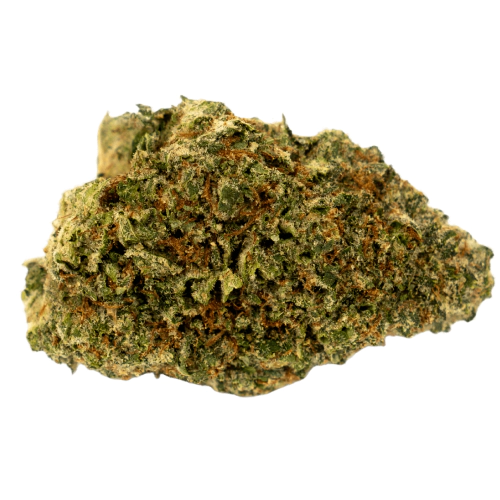
THC 17 - 20.5%
CBD 0.19 - 0.77%
Effect Uplifted
Flavor Lime
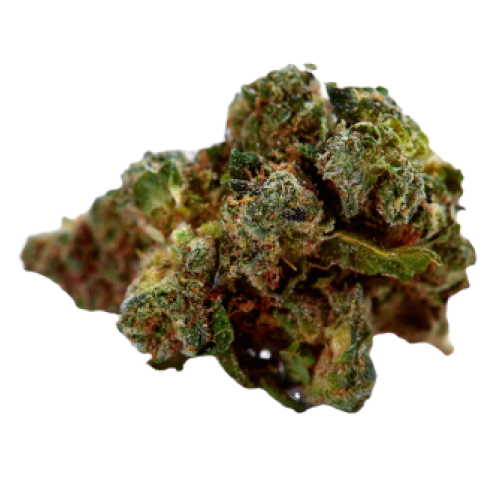
THC 19.33 - 22.33%
CBD 0.42 - 0.69%
Effect Creative
Flavor Sweet
THC 7 - 10%
CBD 0.01 - 0.09%
Effect Creative
Flavor Nutty
THC 20.67 - 24.33%
CBD 0.16 - 0.57%
Effect Giggly
Flavor Spicyherbal
THC 13.11 - 17.43%
CBD 0.2 - 1.25%
Effect Calm
Flavor Peach
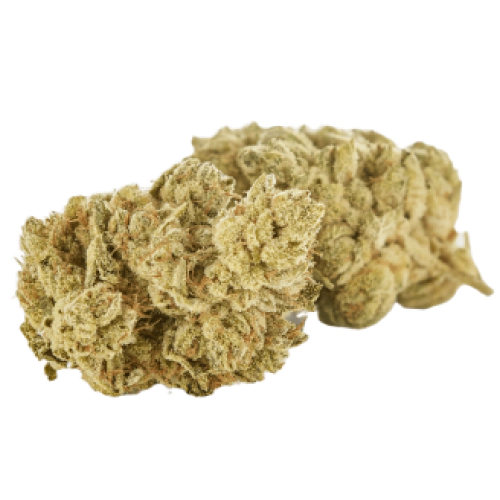
THC 17.62 - 20.75%
CBD 0.54 - 0.65%
Effect Sleepy
Flavor Citrus
THC 17.5 - 19.5%
CBD 0.74 - 0.96%
Effect Sleepy
Flavor Earthy
THC 15 - 17%
CBD 0.48 - 0.64%
Effect Hungry
Flavor Lavender
THC 15 - 18.5%
CBD 0.3 - 0.6%
Effect Creative
Flavor Apricot
THC 19 - 23.5%
CBD 0.54 - 0.78%
Effect Hungry
Flavor Spicyherbal
THC 18 - 25.5%
CBD 0.73 - 1.16%
Effect Talkative
Flavor Spicyherbal
THC 17.5 - 20.25%
CBD 0.32 - 0.65%
Effect Sleepy
Flavor Sweet
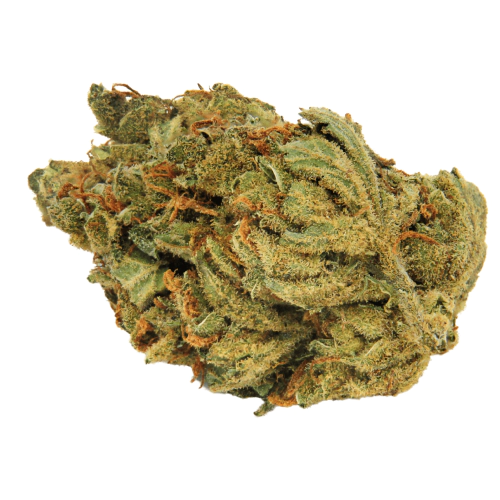
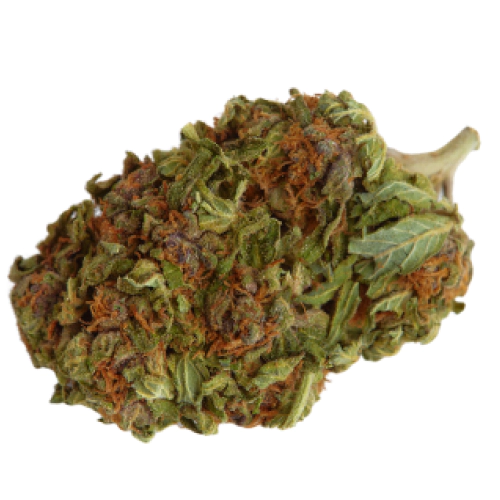
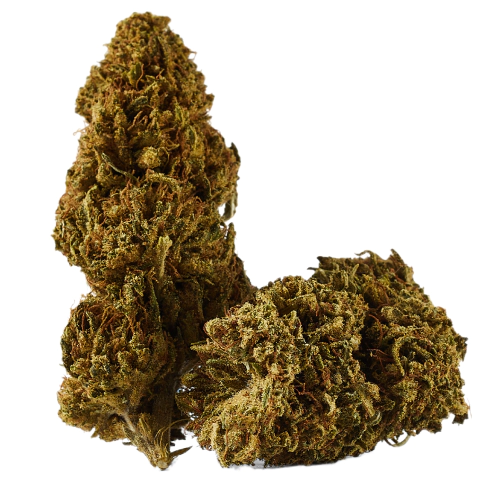
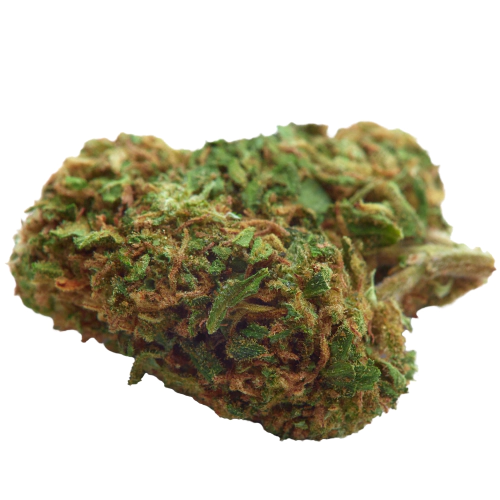






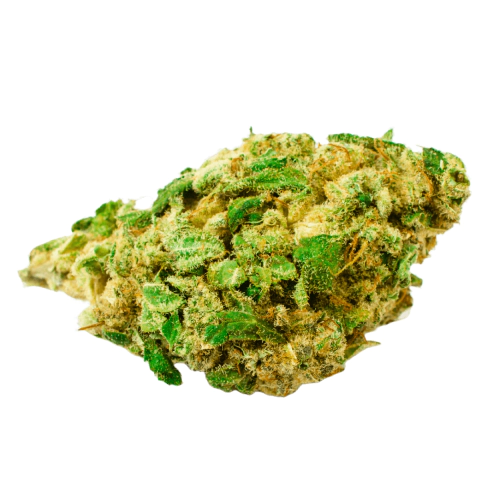
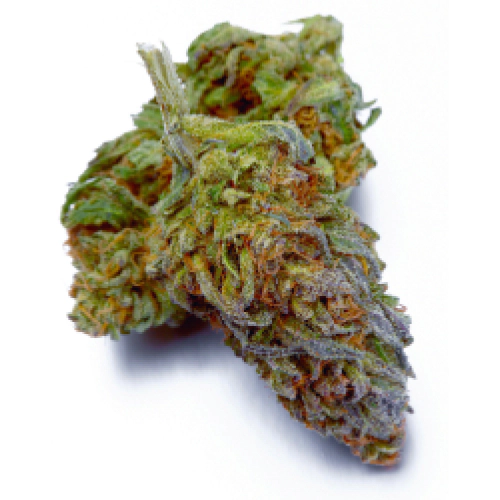


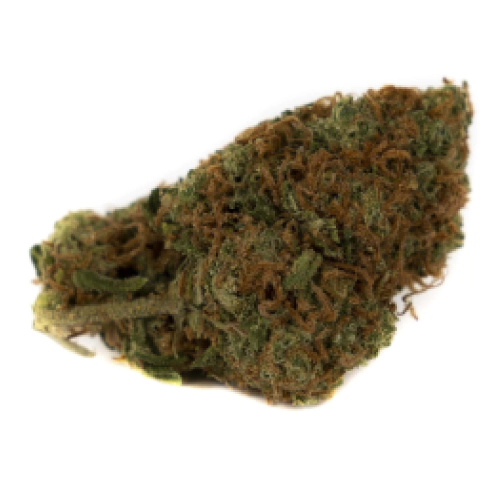
User Reviews 1
Definitely Good Smoke...One of the best sativa feels with indica highs...Great Clear Combo
Write a Review